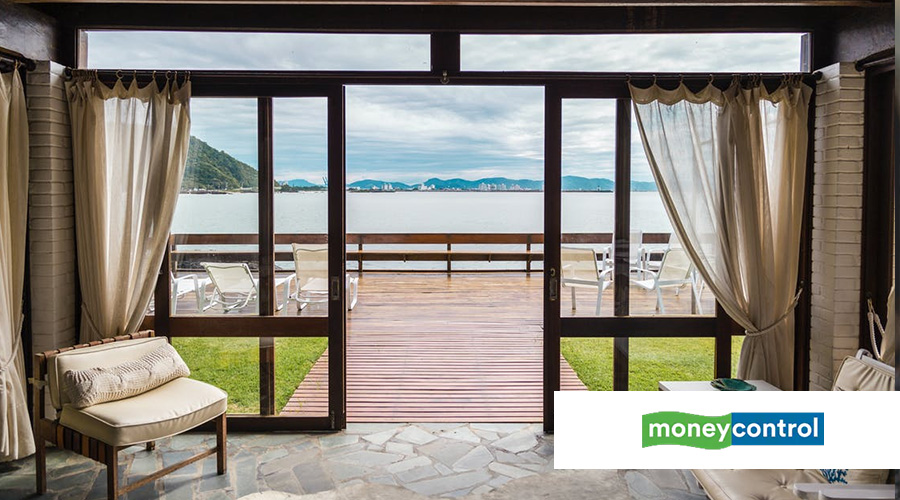As many as 70% respondents want to buy a second home within two years
Source : MoneyControl ( https://bit.ly/3pVePaJ )
With the COVID-19 pandemic appearing to have created several resets in real estate and the wider acceptance of work from anywhere, the demand for second homes has gone up.
As many as 70 percent respondents want to invest in a second home priced at Rs 2 crore or less within two years, a survey by Savills India, a global property consultancy firm amongst prospective homebuyers, has said.
Approximately three-fourths of the potential buyers would like a second home in locations like Dehradun, Nainital, Shimla, Goa, Alibaug, Lonavala, Mahabaleshwar, Coorg, Ooty and Wayanad.
The survey respondents were willing to invest in second homes across the length and breadth of the country, starting from Kovalam in the south to Manali in the north and Gujarat in the west to Meghalaya in the east, the top 10 destinations emerging from the survey collectively have a share of 87 percent within the domestic locations.
Goa (20 percent) leads the domestic demand for second homes with one-fifth of respondents interested in buying a second home here. Almost 70 percent of demand is within the Rs 2 crore price range.
Affordability Driving Residential Housing Market in India
Improved affordability is one of the major key demand drivers of second homes. Though the property costs have been rising over a period, so is the affordability due to rising income and lower interest rates.
The recent surge in demand for second homes can also be attributed to rebound in domestic tourism after tapering of the second wave of the ongoing pandemic. Domestic air traffic witnessed a growth of 41 percent month on month in June 2021. As international travel norms for Indians are getting progressively relaxed, the surge in demand for second homes has extended to international hotspots as well.
As many as 46 percent prefer a second home in the ticket size of Rs 50 lakh to Rs 1 crore and 24 percent prefer second homes in the range of Rs 1 crore to Rs 2 crore, the survey said.
A vast majority want to hold on to their second homes for a longer time horizon. The long-term investment option does not change, even when the end use of the property is renting out.
Across majority of the price points, the preference for a holding period greater than 10 years is higher than a 5-10 year horizon. In fact, as the ticket size of the property increases, so does the intended investment period reflecting an intent to attain capital appreciation and rental return before eventual exit, the survey said.

